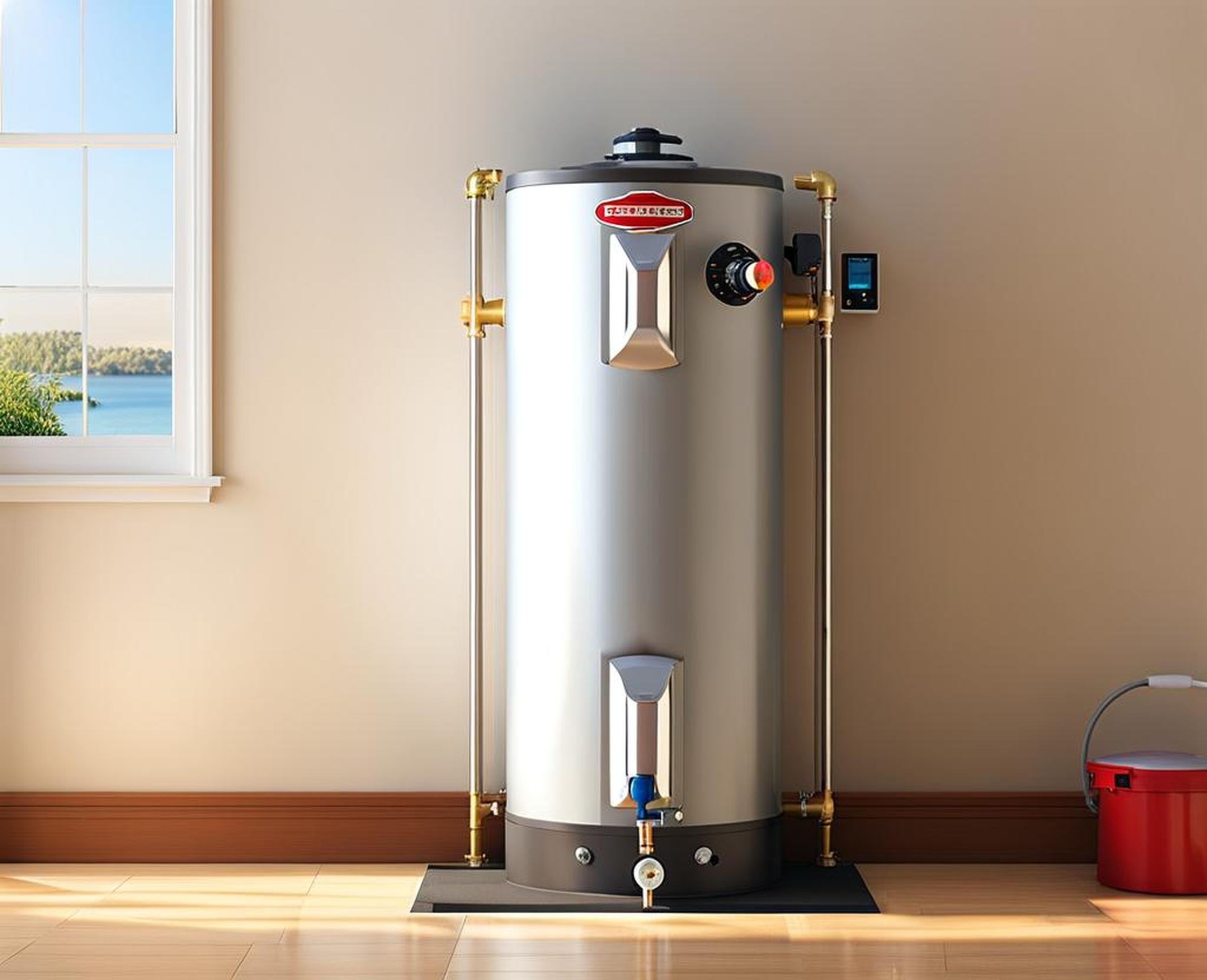If you’re like most homeowners, you’ve probably never put much thought into your water heater temperature. You turn on the hot tap expecting a steamy shower or bubbly bath without considering the details of how your water gets heated. But as it turns out, your water heater’s temperature matters more than you might think.
The default factory setting for most residential water heaters is around 130 degrees Fahrenheit. And while a nice, hot shower may sound tempting, there are good reasons to turn down the heat. Water temperatures above 120 degrees can be downright dangerous. Keep reading to find out why you should reconsider that 130-degree dial.
Dangers of Water Above 130 Degrees
Severe and Rapid Burn Risk
Exposing your skin to water above 130 degrees F can cause third-degree burns in as little as 30 seconds. That’s because water this hot can damage the deeper skin tissues and nerve endings almost immediately upon contact. Young children, seniors, and those with sensitivities are at particular risk of life-threatening injuries.
For example, an elderly person with thinner skin may suffer severe blistering after even brief exposure to 130-degree water. Infants and toddlers are also extremely vulnerable, since their reflexes aren’t fully developed enough to pull away instantly.
Promotes Bacteria Growth
High water temperatures create the ideal conditions for dangerous bacteria like Legionella to multiply. Between 117-122 degrees F, Legionella and other pathogens can thrive and spread throughout your home’s plumbing system.
This bacteria forms biofilm buildup in pipes, faucets, and showerheads. It then becomes airborne in water vapor, where it can be inhaled and cause severe respiratory infections like Legionnaires’ disease.
Is 130 Degrees Wasteful?
More Frequent Reheating Cycles
Heating water to 130 degrees F means your heater has to work harder and reheat more often. Water at this high temperature will lose heat rapidly compared to water at 120 degrees. This means your water heater kicks into action frequently to replenish its supply of scalding water.
All that reheating requires a lot of energy. The repeated heating cycles place extra wear and tear on system components too. This leads to shorter lifespans and the need for costly repairs or replacement.

Increased Energy Consumption
Exact estimates vary, but most experts agree that raising your temperature setting from 120 to 130 degrees F can tack on $30 or more to your monthly utility bills. That’s because it takes substantially more energy to heat water to 130 vs 120 degrees.
Over the lifespan of your water heater, the extra costs can easily add up to hundreds of dollars each year. And in times of high energy prices, you’ll really feel the pinch of those excessive heating cycles.
Finding the Right Temperature Balance
What the Experts Recommend
Organizations like OSHA, CPSC, and ASHRAE unanimously agree that 120 degrees F is the safest and most energy-efficient temperature for residential water heaters.
Their research shows this temp minimizes dangers from scalding and bacteria growth. At the same time, it reduces energy consumption and provides comfortable hot water for most uses.
Consider 130 Degrees For High-Risk Groups
However, some high-risk households may benefit from turning their heater up to 130 degrees F maximum. This includes homes with immunocompromised occupants, the elderly, or newborns.
The slightly higher temperature helps suppress the growth of Legionella and other bacteria. But it still poses moderate scalding dangers, so caution is required.
Use Thermostatic Valves and Mixers
Rather than increase your main water heater temperature, install thermostatic mixing valves or outlet mixers. This allows you to control the temperature of water flowing to fixtures while keeping the tank at 120 degrees.
Mixing valves combine hot water from the heater with colder water to lower the output temperature. This provides protection against scalding at the point of use.
In most cases, 130 degrees F is simply too hot for safe and efficient residential water heating. The extreme temperature wastes energy and places vulnerable individuals at risk of tragic scald injuries.
Aim to keep your water heater’s dial set below the 130 degree mark. For households without special risk factors, maintaining a 120 F setting is ideal. This balances safety, comfort, and operating costs.
Rather than turning up the dial, consider installing thermostatic tempering valves or outlet water mixers. This allows safer use of very hot water straight from the tank. By recalibrating your water heater to a lower temperature, you gain peace of mind while avoiding danger.
